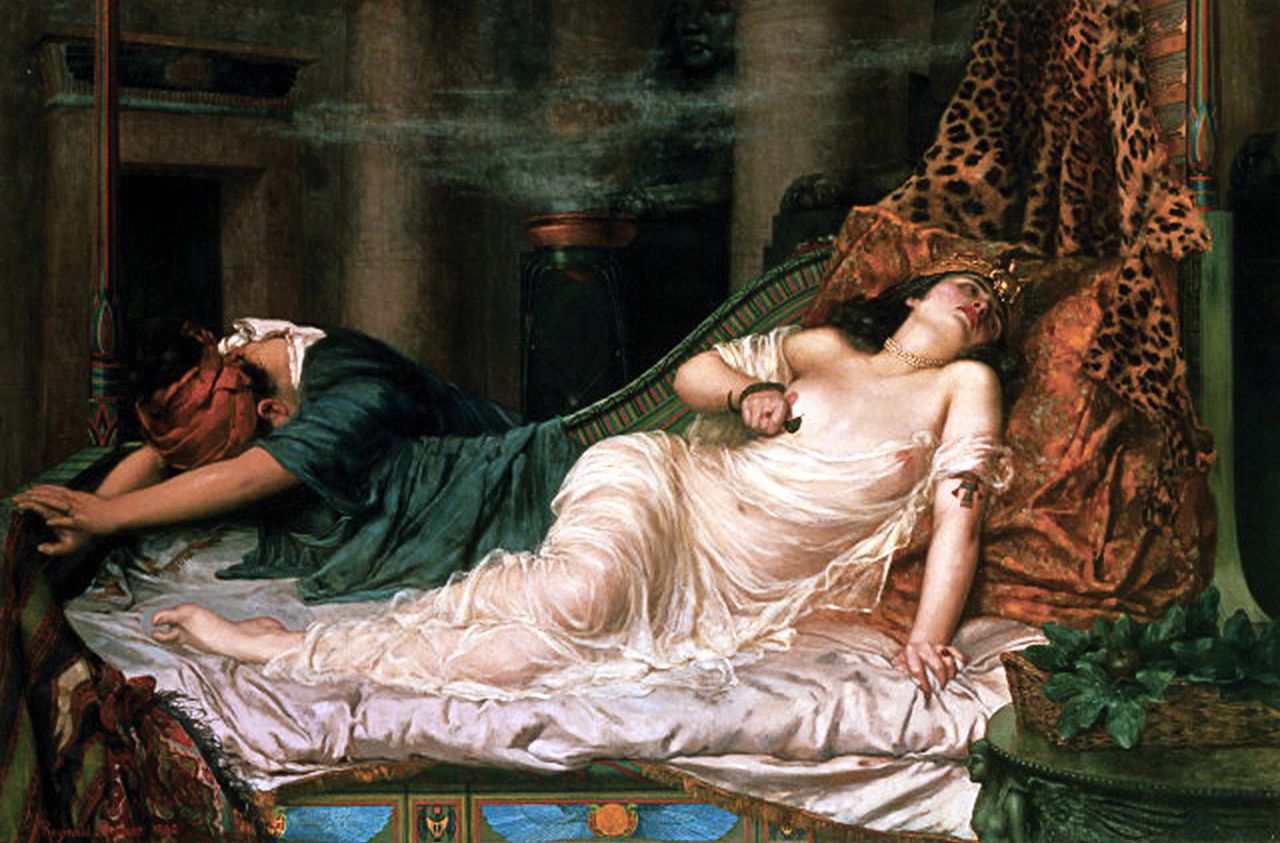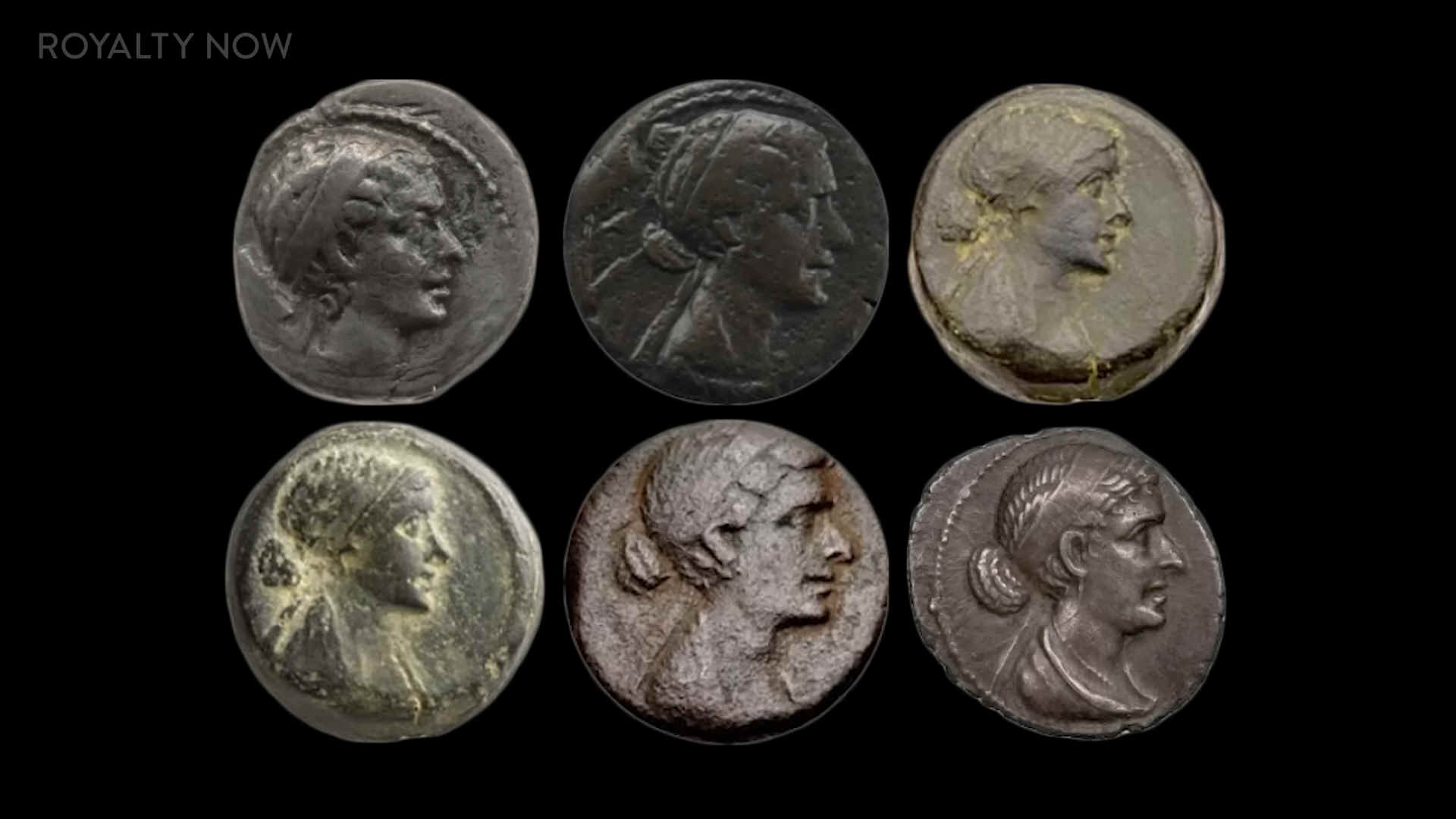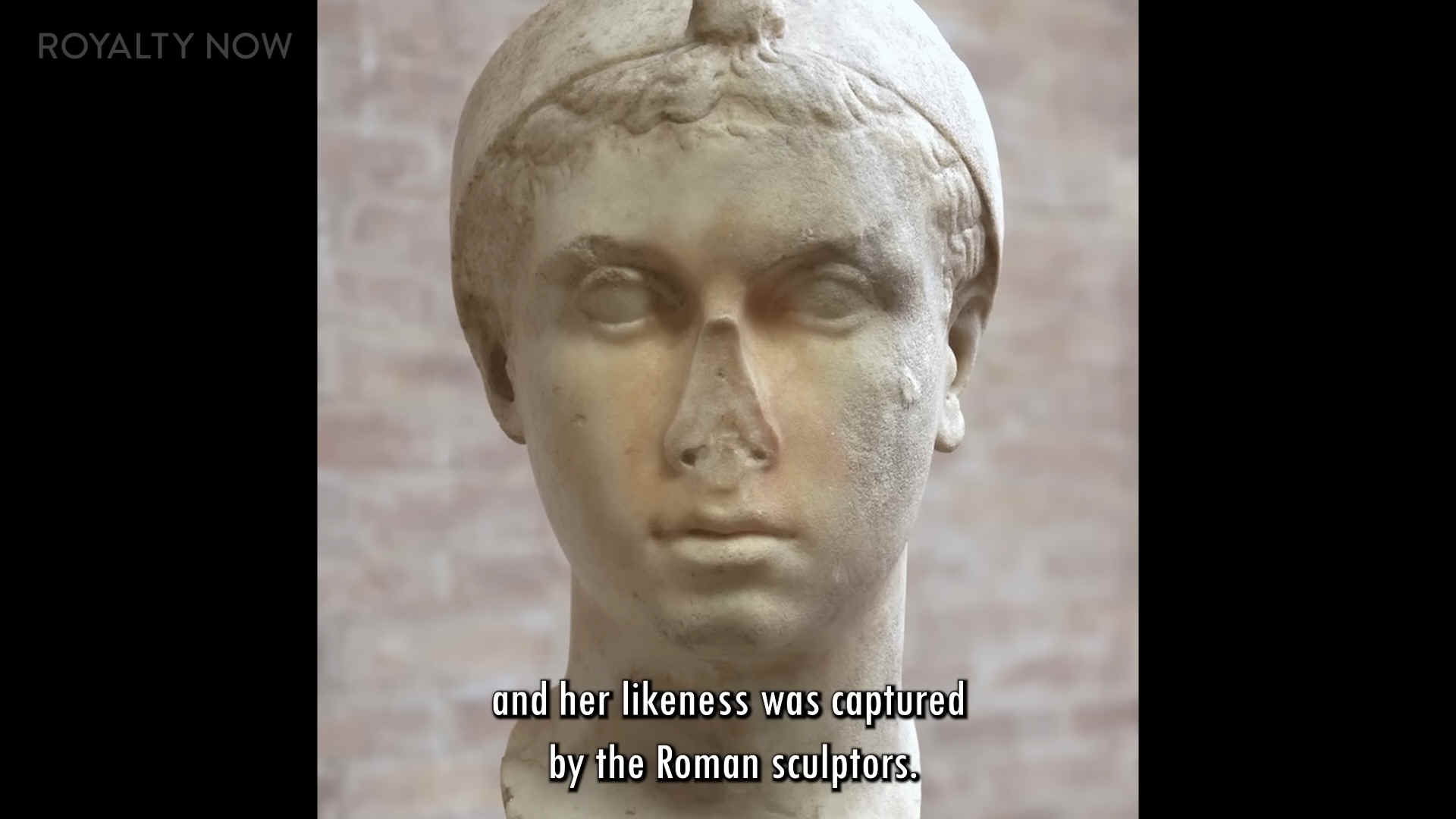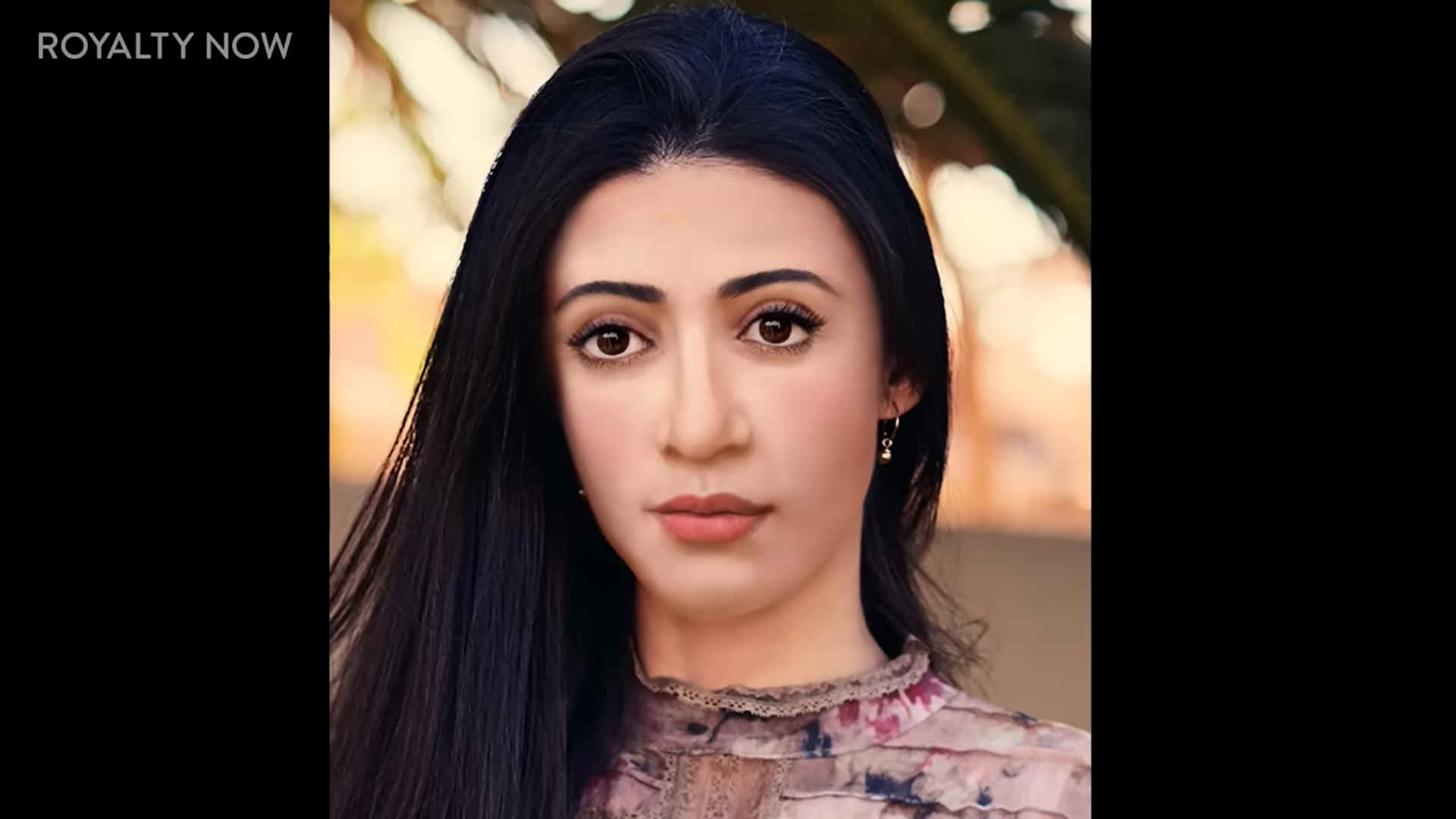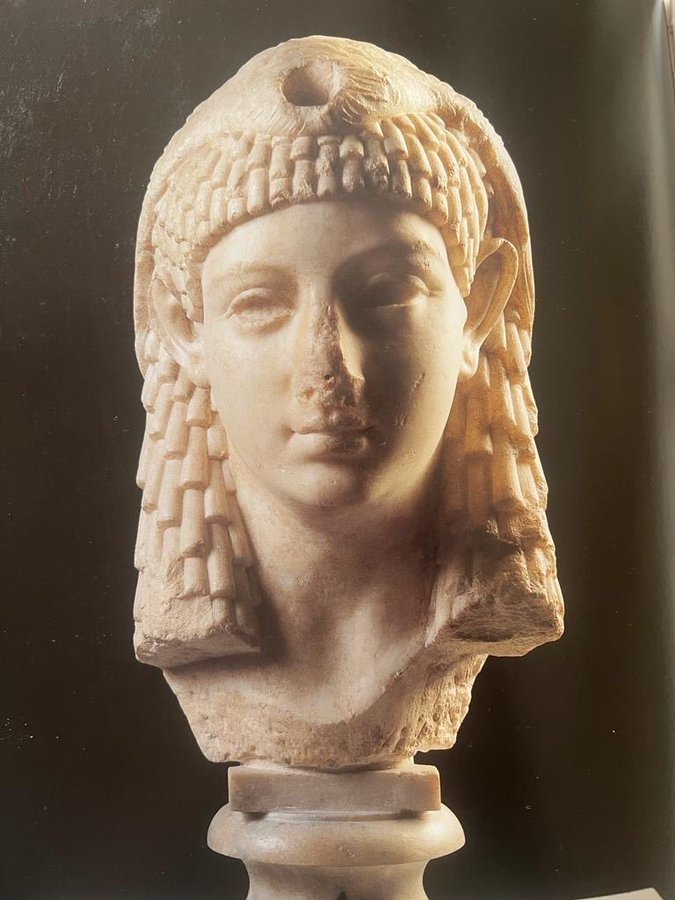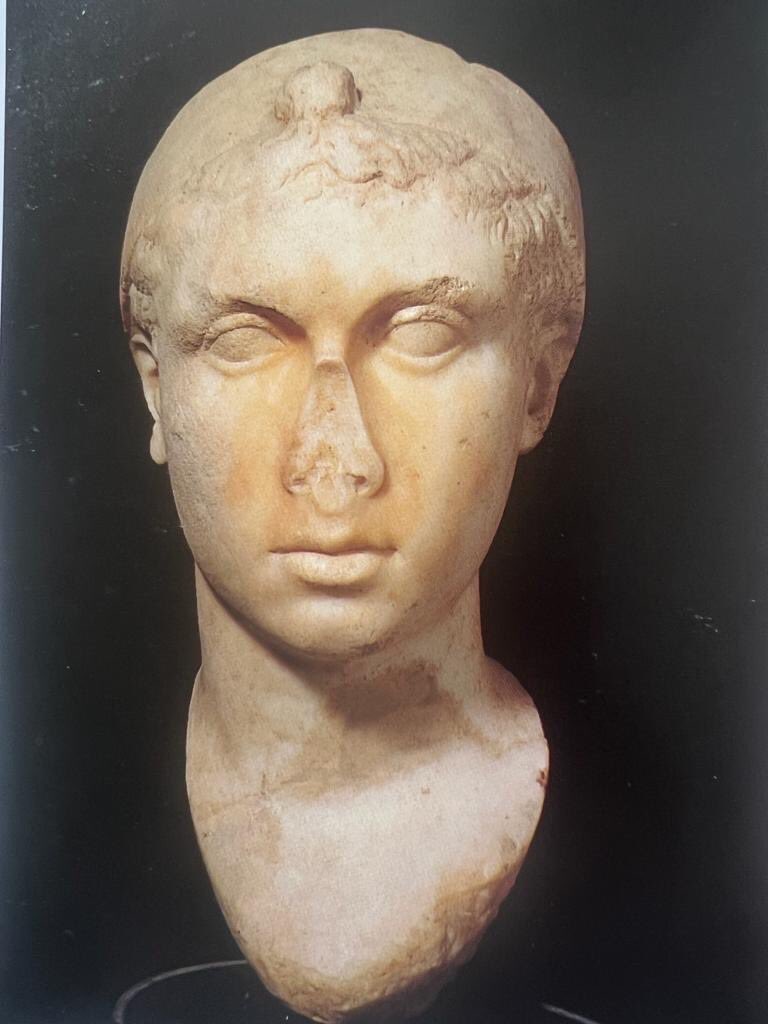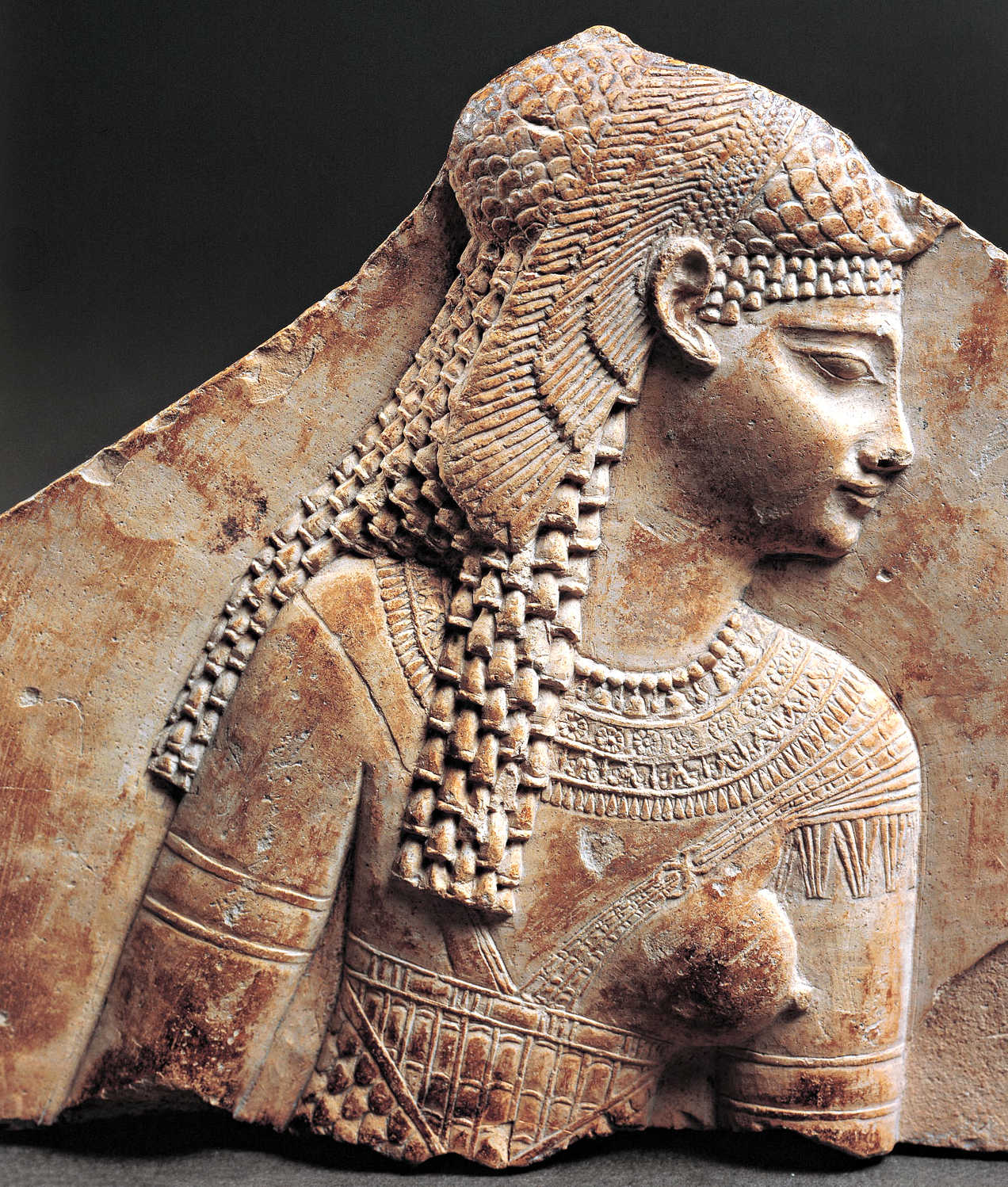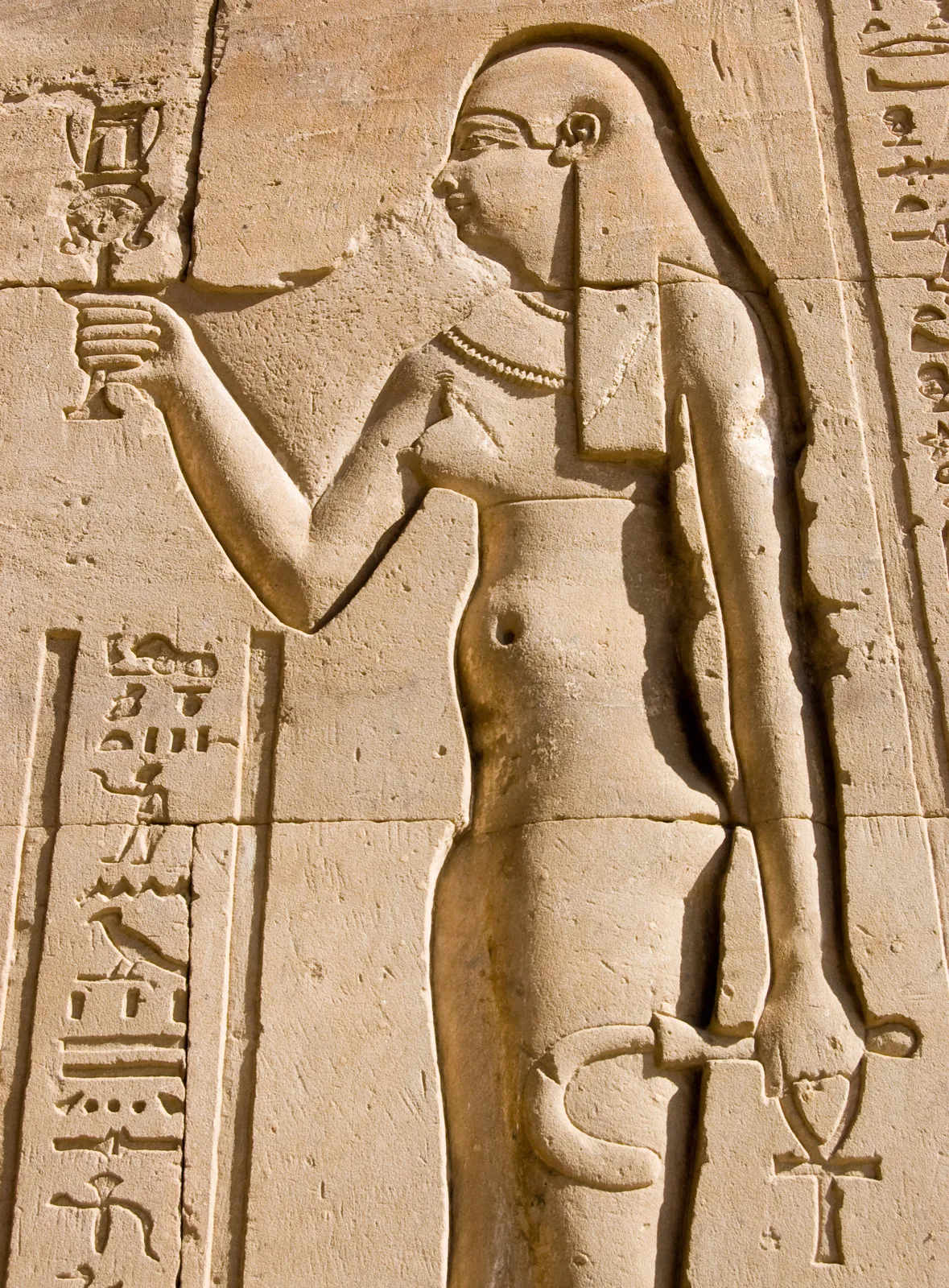|
WHAT DID CLEOPATRA LOOK LIKE?
Please use our Ancient Egyptian A-Z to navigate the antiquities on this site, of visit HOME
|
||
A superb depiction of Cleopatra taking her own life, unlikely to have been by the handling of a snake, but could well have been by an asp in a basket of fruit. Most probably with a concoction of drugs to ease the pain.
More than 2,000 years after her death in 30 BCE, the Egyptian queen Cleopatra still looms large in the popular imagination.
While the search continues for the resting place of Cleopatra, her long lost missing tomb, the other question on everyone's mind is what the Ancient Egyptian Pharaoh Queen may have looked like. Especially now that Netflix have commissioned a docu-drama claiming that she was African. Was she the ravishing beauty depicted by Elizabeth Taylor in 1963, or was she African, as depicted by Adele James in 2023? Nobody seems to be able to say for sure, despite mounds of evidence in the form of carvings and coins.
Despite what is known of her brilliance and charm, in mass media depictions what often comes to the forefront is Cleopatra as a ravishingly seductive proto-femme fatale. Are the
Halloween costumes and
Hollywood
glamour accurate depictions of her? What did she really look like? And how do we know?
While Roman historian Dio Cassius described Cleopatra as “a woman of surpassing beauty,” a number of modern historians have characterized her as less than exceptionally attractive. Nevertheless, they have noted that her beauty was heralded and that her appearance was seductive. Hardly surprising, given that she is said to have walked bare breasted. Perhaps, the window dressing was to take attention from her less than attractive facial features. Or, simply to frame the visage, topped with a stunning headdress, to (again) draw attention away from her face. A sort of visual-sexual balancing act.
Greek biographer Plutarch, writing about a century after Cleopatra’s death, presented a less flattering picture: "For her beauty, as we are told, was in itself not altogether incomparable, nor such as to strike those who saw her.” Plutarch, however, was quick to note Cleopatra’s “irresistible charm,” sweet voice, persuasiveness, and stimulating presence.
Cleopatra VII Philopator was (for sure) the daughter of Ptolemy XII Auletes (80-52BC), Pharaoh of Egypt and (quite likely) Cleopatra V Tryphaena. There is a marked difference in facial features between the busts and temple relief's. The one thing the Egyptian carvings have in common, are the bare breasts. The signature tune of Egypt's last Pharaoh Queen.
Though few in number, there are artifacts that attest to Cleopatra’s appearance. One of the most prominent is a marble bust dating to the third quarter of the 1st century BCE, housed in the Old (Altes) Museum in Germany. The so-named 'Berlin Cleopatra' depicts her wearing a royal diadem (headband like crown). Her face is framed by ringlets of curly hair (that may have been red-giner), and the rest of her hair is arranged in a “melon” style (divided into segments that run like the ribs of a melon from the forehead back) and gathered into a bun behind her head.
Her eyes are almond-shaped. Although her nose is prominent, her features are softly modulated and have been described as reflecting her intelligence and charm. Cleopatra’s hair is styled similarly on another marble bust, this one found in a villa on the Appian Way in 1784 and now displayed at the
Vatican’s Gregoriano Profano Museum. On this bust too, her features are generally soft and her lips full. Her nose is missing, but its “footprint” on the face suggests that it was large.
So,
how did this image of Cleopatra come to be?
Those contemplating depicting the famous Egyptian icon, might do well to judge not the colour of her skin, or the question of beauty, and instead focus on her charm and brilliance. Give time to researching the subject more completely, leaving no stone unturned - in the quest for truth.
|
||
|
Bare breasted and distinctly Egyptian looking, though likely to have been the official Egyptianised interpretation, to fit in with other carved depictions.
|
||
|
Please use our Ancient Egyptian A-Z to navigate the antiquities on this site, of visit HOME
The rights of Jameson Hunter and Cleaner Ocean Foundation to be identified as the author of this work has been asserted in accordance with section 77 and 78 of the Copyright Designs and Patents Act 1988. This website and the Cleopatra artwork is Copyright © 2024 Cleaner Ocean Foundation and Jameson Hunter.
|
